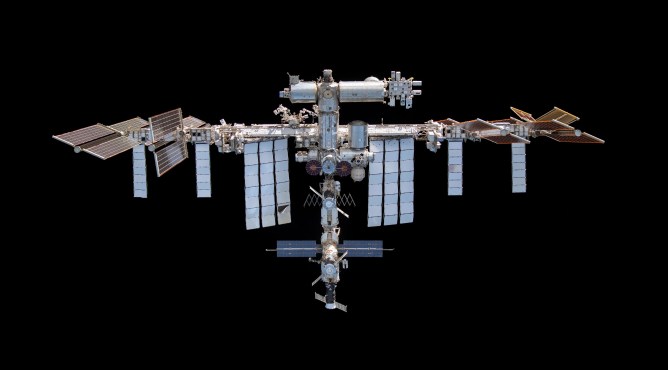
The Quest for Quiet in Space: Whisper Aero’s Mission to Revolutionize Crewed Spacecraft Acoustics
When it comes to space exploration, the phrase "space is loud" might not be the first thing that comes to mind. However, as we delve into the world of crewed spacecraft, a different reality emerges. From life support systems to electronic fans and radios, the acoustic environment in these vessels can reach levels that are detrimental to both human health and the overall efficiency of the spacecraft.
The Acoustic Challenges in Space
NASA has long been aware of the need to mitigate the effects of noise on its astronauts. Over the years, the agency has implemented various modifications to reduce the noise levels within the International Space Station (ISS). However, despite these efforts, there is still room for improvement.
In recent times, a Tennessee-based startup called Whisper Aero has caught the attention of NASA with its innovative approach to designing quieter fans suitable for crewed space environments. With a contract in hand, Whisper Aero is on a mission to develop a fan that meets or exceeds 61 decibels (dB) at two feet while being 75% more efficient than current solutions.
The Challenge Ahead
According to one recent paper, the average noise exposure levels in the crewed portions of the ISS were around 73 dB. NASA’s own space fan achieves a respectable 66 dB at two feet, but Whisper Aero is aiming to push the boundaries even further.
"The propulsor has to operate continuously for years, and the motors running the fans may run for longer than a fan in a leaf blower," explained Ian Villa, COO of Whisper Aero. "We’re using a lot of the core technologies that we’ve developed for our terrestrial applications, but the space environment presents some new challenges."
The Importance of Quiet in Space
As private space station developers begin to send up replacements for the ISS by the end of the decade, acoustic environment planning will become an increasingly important aspect of their endeavors. Companies like Virgin Galactic and Blue Origin are planning to offer luxury space tourism experiences, which will necessitate a focus on creating pleasant and peaceful environments.
"Unless you’re using significantly different technology, you’re going to end up with the same kind of noise challenges and efficiency challenges in space as you would on Earth," Villa noted. "We’ve seen this time and time again on aircraft. It’s almost refreshing to see this in spacecraft, in that they’re actually trying to do something about it at NASA."
The Whisper Aero Advantage
Whisper Aero is leveraging its expertise in designing quiet fans for various applications, including aircraft, drones, and even leaf blowers. The company’s shrouded fan technology allows the fan’s blade passage frequency to be moved into the ultrasonic range, minimizing remaining tones.
"We’re not just talking about reducing noise levels; we’re also looking at increasing efficiency," Villa emphasized. "Our goal is to create a fan that meets or exceeds 61 dB at two feet while being 75% more efficient than current solutions."
The Future of Quiet in Space
As Whisper Aero works towards its ambitious goals, the potential implications for crewed space exploration are vast. A quieter spacecraft environment could not only improve the health and well-being of astronauts but also enhance the overall efficiency of these vessels.
"The future of quiet in space is bright, and we’re proud to be at the forefront of this mission," Villa concluded. "We believe that our innovative approach will revolutionize the way we design and operate crewed spacecraft, making them safer, more efficient, and more enjoyable for all involved."
The quest for quiet in space is an ongoing endeavor that requires innovation, expertise, and a commitment to pushing boundaries. With Whisper Aero at the helm, NASA and private space companies can look forward to a future where crewed spacecraft are not only safer but also quieter than ever before.
Related Articles
- New ship, new year: SpaceX to deploy model Starlink satellites on next Starship launch
- Internal SpaceX documents show the sweet stock deals offered to investors like a16z, Gigafund
Stay up-to-date with the latest news and insights from the world of tech, space, and innovation. Sign up for our newsletters today.








